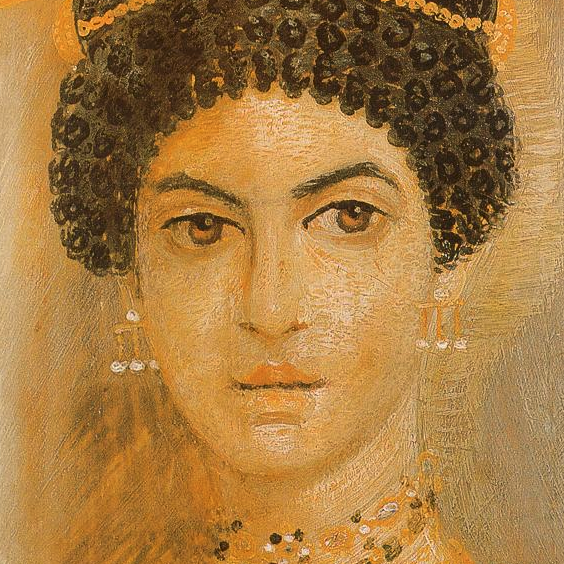
The Persians and the Romans had been longtime rivals. In fact from Julius Caesar’s time when Pompey had established hegemony over Armenia and Colchis the Persians had been either resisting further Roman expansion, attempting to subvert Rome’s clients in the region or when the wind was up their tails trying to push back into Egypt and Asia Minor to re-establish the classic Persian Empire of Darius and Xerxes.
But for most of that time the actual conflicts were rather indecisive. There was plenty of loss of life, but not much loss of territory. This pattern only began to break down when Justin picked a fight with the Persians.
The war started with aim of supporting Christians in Persarmenia from persecution by the zoroasteran magi. Well that was the pretext. In fact the Christians assassinated some satraps so there were shades of grey available for those interested in the rights and wrongs. The whole thing was quite likely got up by the Romans anyway. Justin was more strongly motivated by getting out of a treaty that included large annual payments to the Great King. The balance of power had also been upset by the Abysinians, allies of the Byzantines, being driven out of the Yemen. An alliance with the Turks opened up the prospect of forcing a war on two fronts on the Persians. It might even be three fronts if the Abysinians could be brought in. The Persians were still led by Chosroes I whose long and wise reign had earned him the title of Nushirvan. This means immortal soul and as he was in his late seventies this was apt. Surely his leadership skills must be on the decline by now must have been the calculation.
But although the plan looked good on paper Nushirvan wasn’t playing along with it and took to the field in person. It was quite a contrast to his younger rival who sat out the conflict in Constantinople.
The Persians were initially successful in pushing the Romans back. They raided Syria burning cities and carrying off loot. Nushirvan personally captured Dara and penetrated deep into Asia Minor before being defeated in a large set piece battle. Nushirvan himself only escaped with his life by crossing a river on the back of a swimming elephant. He died of natural causes shortly afterwards. He had been a worthy adversary of Justinian and it is a shame he went out on a bit of a low.
He was succeeded by his son Hormouz who had big shoes to fill and who failed to fill them. He started his reign with a massacre of potential opponents. He was obviously rather insecure as he affected to wear a tiara every day.
The new king was however active and up for a fight. He was ready to get out in the field in front of his troops.
When Maurice took over in Constantinople the balance changed and he drove the Persians back. The Persians were then attacked by the Turks who somehow managed to get their army allowed into Persian territory by a subterfuge. This sudden turnaround in the situation led to the Persian regime collapsing and in the ensuing chaos it looked possible that the empire would collapse with it. But as one of those great phrases that Gibbon was so good at coining put it – Persia was lost by a king: it was saved by a hero. A usurper called Bahram took over. He stabilised the Persian position. But he was soon to be deposed by Chosroes II – the son of Hormouz, who escaped to the Romans who help him regain the throne.
This meant that the Romans had in fact achieved to a large degree their original war aim and neutralised the Persian threat. They hadn’t done it quite as planned and not as decisively as they might have liked. But whatever they could now turn to their other problem.
